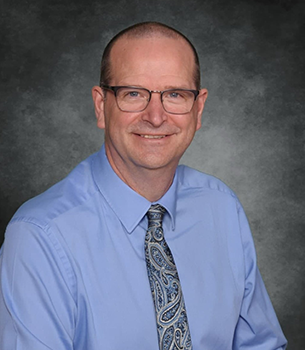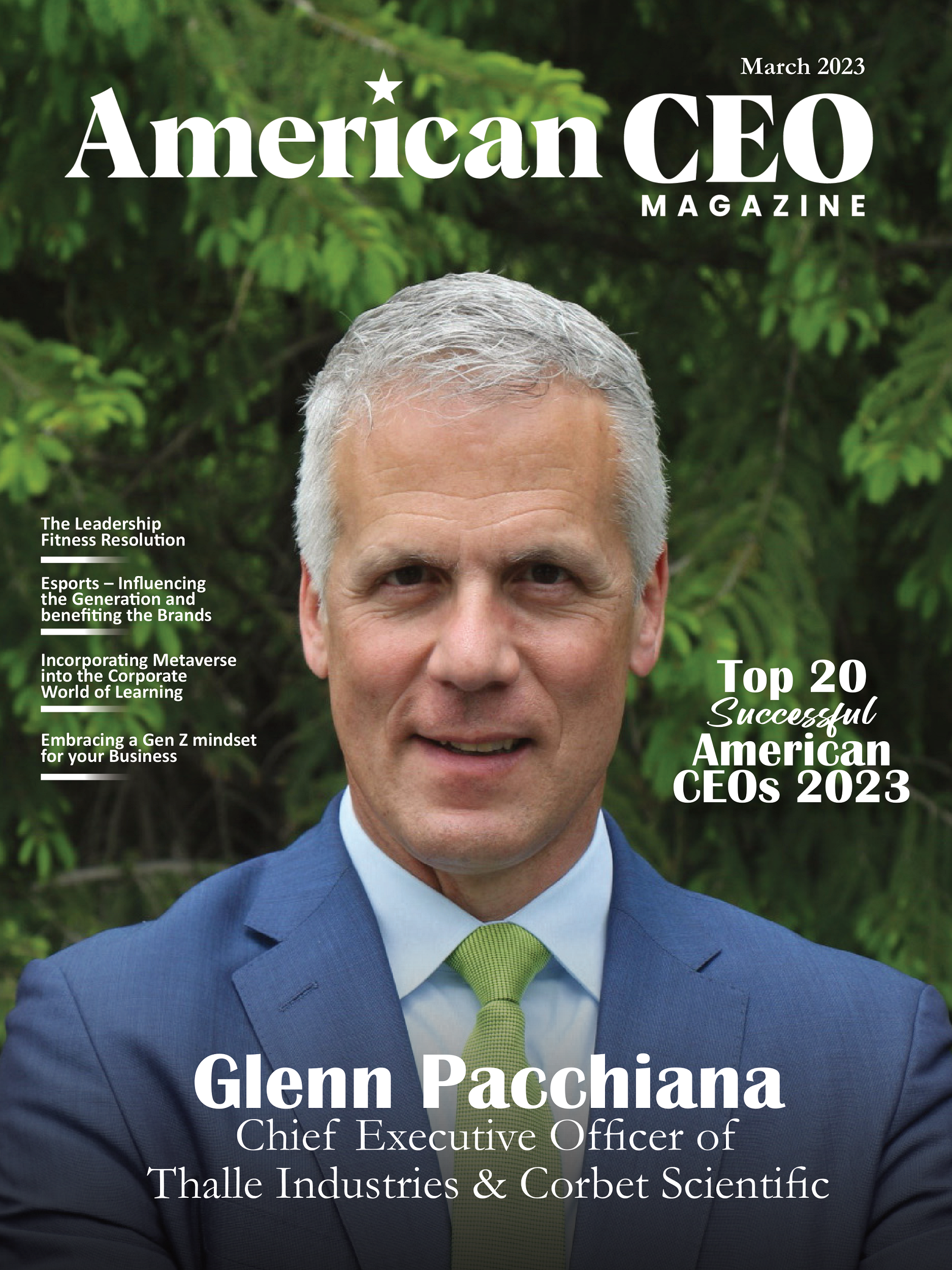Becoming an Influencer | Jordan Tinney | Surrey School District
Jordan Tinney, Superintendent/ CEO in Surrey School District, has been described as accessible and open. The reason is simple, he is an engaged listener and tries to value what people say and to incorporate it into the school district’s culture. “I honestly believe every individual plays a role in leadership and in positive cultures and so everyone needs to feel that they can see the bigger picture and can contribute,” says Jordan, who Ursula Franklin, the German-Canadian physicist, has dramatically influenced. Her series about the real world of technology and how organizations are organisms; they are not mechanisms have mainly been of significant influence. It is the interaction between parts of the organization and the individuals who play a role that makes for a healthy, strong, and vibrant culture. “I believe having enormous value in the human component of the workplace and putting a priority on relationships has allowed me to be successful,” adds Jordan.
“In alignment with those beliefs, I am also not afraid to face difficult challenges and to make tough calls. As long as the well-being of the organization and its mission is at the core, then I’m happy to accept my role and make decisions that need to be made.” Armed with such an ideology, Jordan has been bringing ripples of change to his surroundings.
His blog on COVID and Equity – A Tale of Two Isolations has been very inspiring and eye-opening, alongside being appreciated worldwide. In a broad sense, the article says that some families cannot afford to get tested for COVID as they cannot afford a positive outcome and potential self isolation for two weeks.
For a family with a single parent (or two parents) who must work every day to put food on the table, they can’t take two weeks off.
In some instances, if they did, they may even lose their job. So saying “let’s self-isolate” isn’t that easy for many families. “At the time, we were sending out COVID notification and self-isolation letters by the hundreds. It just struck me that people were not talking openly about how the pandemic descended upon families in differing ways,” he says. “Who speaks for those in poverty and who highlights the challenges that schools and school districts face? If we believe in equity, then we need to talk about it and to highlight the varying ways in which we can support children and families in need.”
Surrey School District has been fortunate enough to offer an enormous array of programs and support to children of all ages. They have close to 75,000 learners and 135 schools. “As a district, I’m proud of our focus on transitions and the attention we spend on helping students make successful moves from grade to grade with the supports they need,” he says. “I am very proud of our district and our teachers in the work they have done with reimagining assessment practices including digital portfolios not just for K-12 but for entrance into post-secondary.”
Jordan Tinney is also very proud of their work with Social and Emotional Learning, where they provide students and staff with the tools they need to feel that their sense of well-being matters in the district. “We cannot expect that teachers help their students learn social and emotional skills if the teachers are also not supported and well,” he explains. “I am very proud of the work we do with coaching and mentoring for new teachers and new principals and vice-principals. In essence, our district has a vision of learning by design, where we help all students think creatively and critically, communicate skillfully and demonstrate care for self and others. There is no greater time than in the midst of a pandemic to care for self and others, and I feel we keep our eye on the prize very well.”
Jordan and his team have been incorporating the latest technologies in the district to take it to new heights. “I mentioned digital portfolios for assessment. Surrey Schools was recognized in 2015 for making the largest contribution to public education in British Columbia. This was, and remains, remarkable work,” he adds. “Recently, we have been revamping our entire evidence framework using Power BI as an analytics tool. Power BI has allowed us to share more information publicly, to be more transparent, and to focus our conversations in ways that we were unable to do previously. We have been recognized nationally and internationally for our work with data visualization and this is exciting work.” During the pandemic, the district had an enormous focus on developing and supporting digital collaborative tools supporting teaching and learning.
They created a model of hybrid learning called Surrey Blended, which nurtured good learning time for students. Still, it also created opportunities for deep staff collaboration and enhanced parental support. The evidence they had, supported by their analytics, showed an enormous uptake by teachers and parents in digital resources and collaboration tools. They created a digital repository called Surrey Schools One, and it is now used around the world as people go to look for quality resources in support of learning. One of the most significant achievements of the district has been the collaborative development of the vision of learning by design which was one of the most important anchors in their work. The open and collaborative way the vision was developed and how we have aligned our work and our initiatives behind learning by design where we believe that teachers are the designers of engaging learning environments has been foundational to the work for the past several years. This vision, supported by aligned strategic initiatives and an evidentiary framework to support our decisions, has allowed us to achieve a great deal. “Whatever we do, we do it together and the collaboration is simply embedded in our culture. Together we are stronger and smarter.”
The district’s strategic focus on transitions will benefit its students for days and years to come. They are carefully tracking and monitoring the students to ensure that they have the support they need to be successful. “Schools alone do not have sufficient resources to track students particularly when they leave or move. Our desire and ability to track students and to support and enable them not only benefits students, but it also tells us a story of all the things that we are doing, and can continue to do, to keep students engaged in schools,” says Jordan. “We have worked very hard to develop an open system. One that is open to input, is sensitive to a variety of voices, and that responds. We speak often of “how do we make a big place feel small” as we believe in the power of individual connections.”
“Whatever we do, we do it together and the collaboration is simply embedded in our culture. Together we are stronger and smarter.”




































